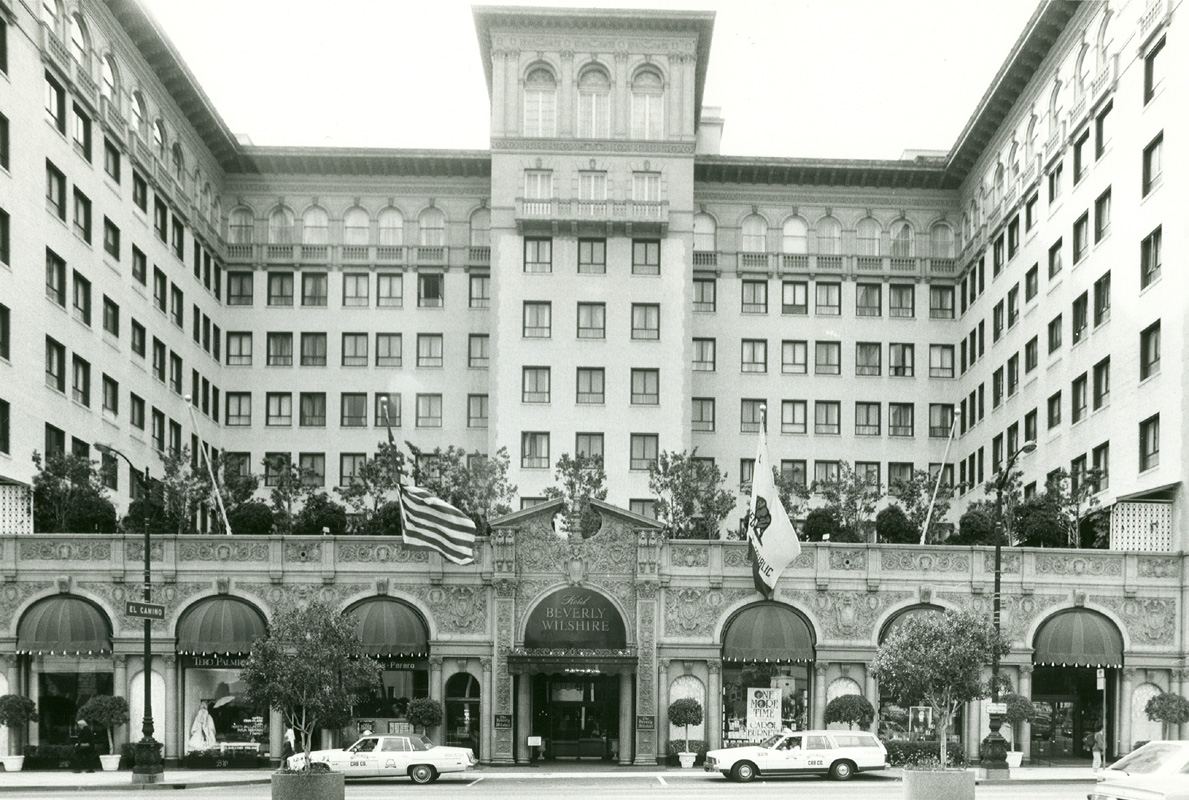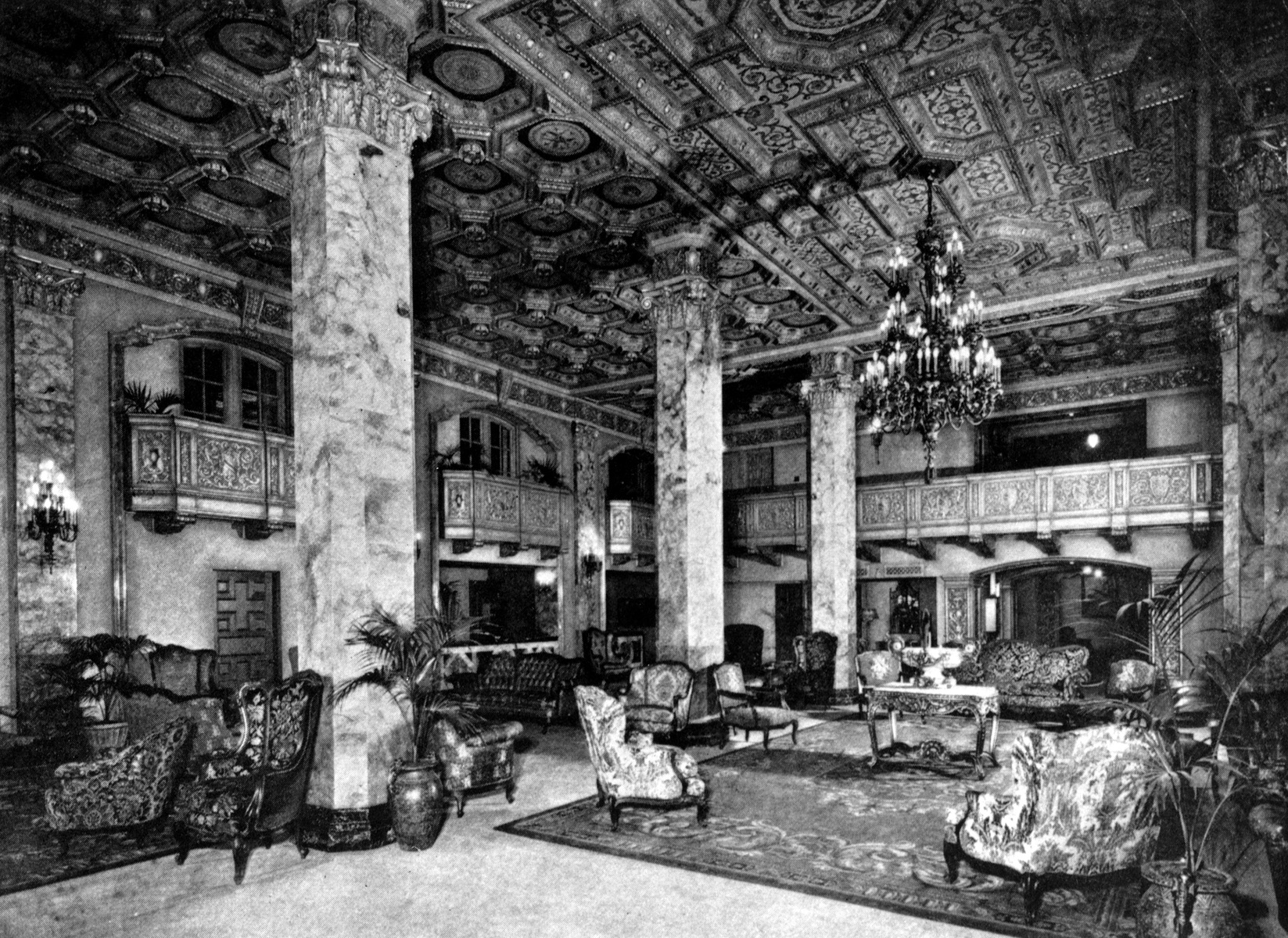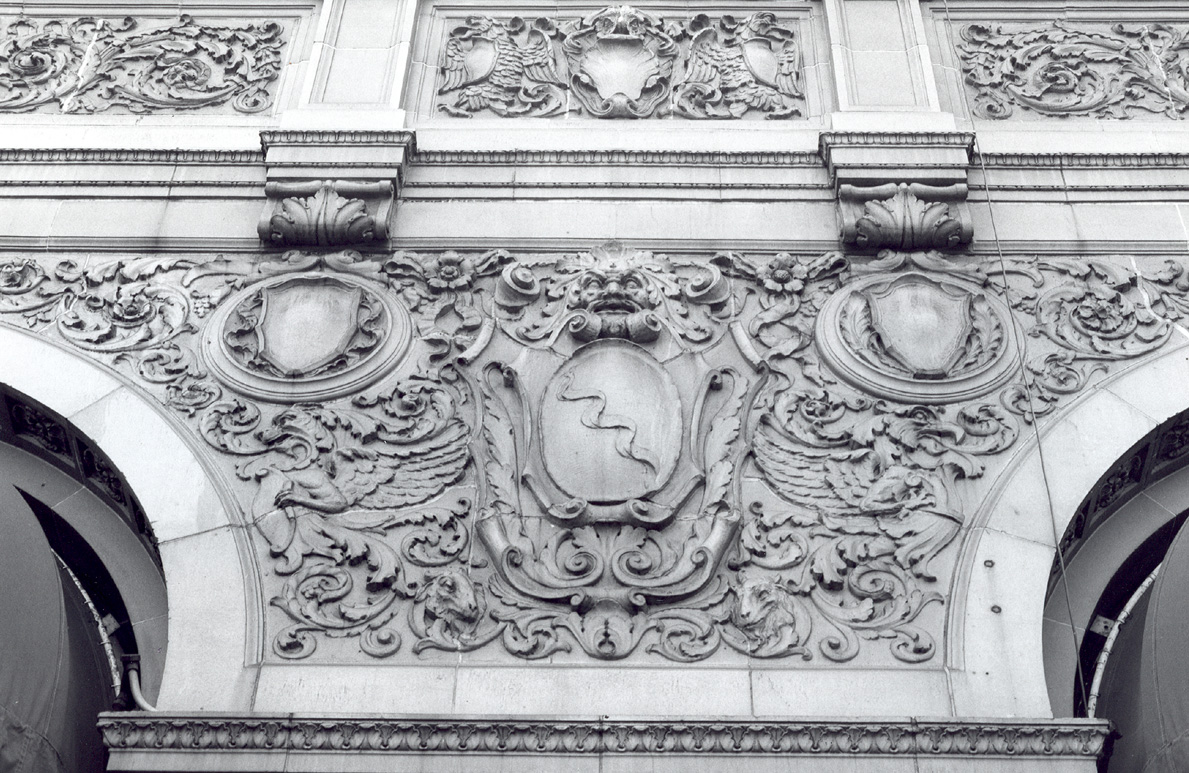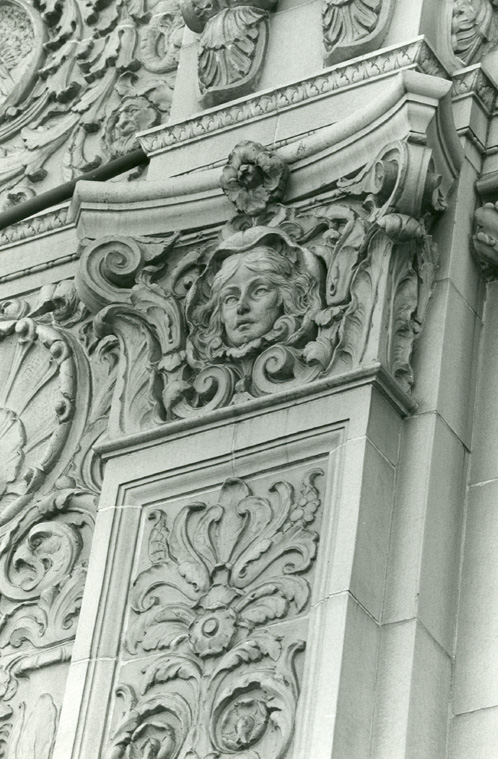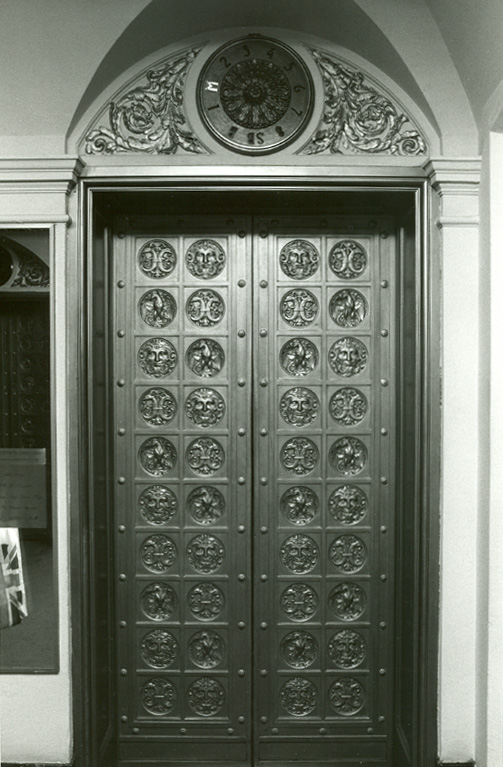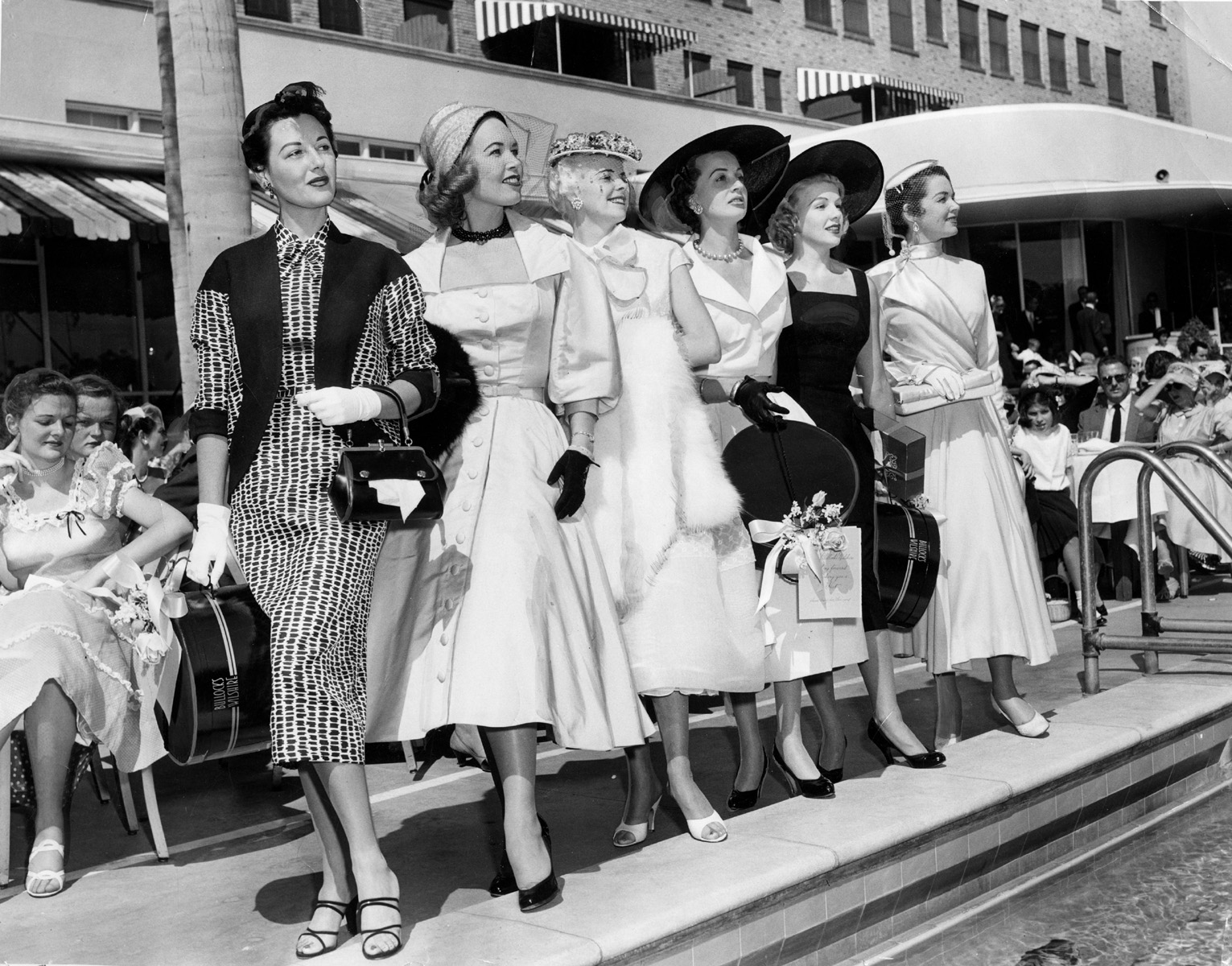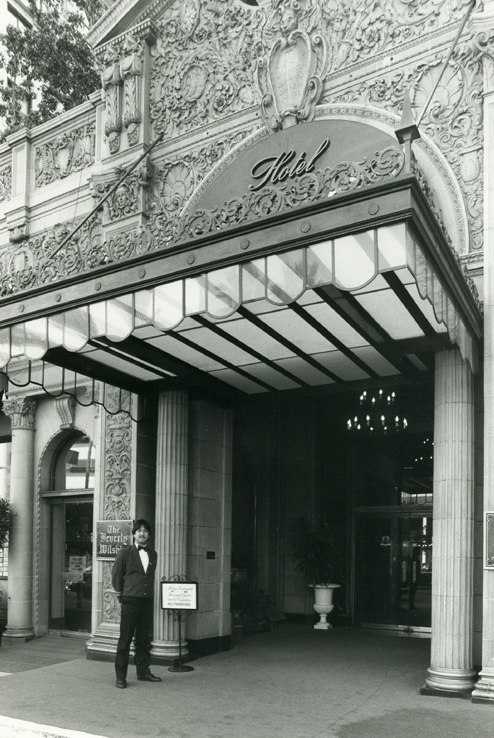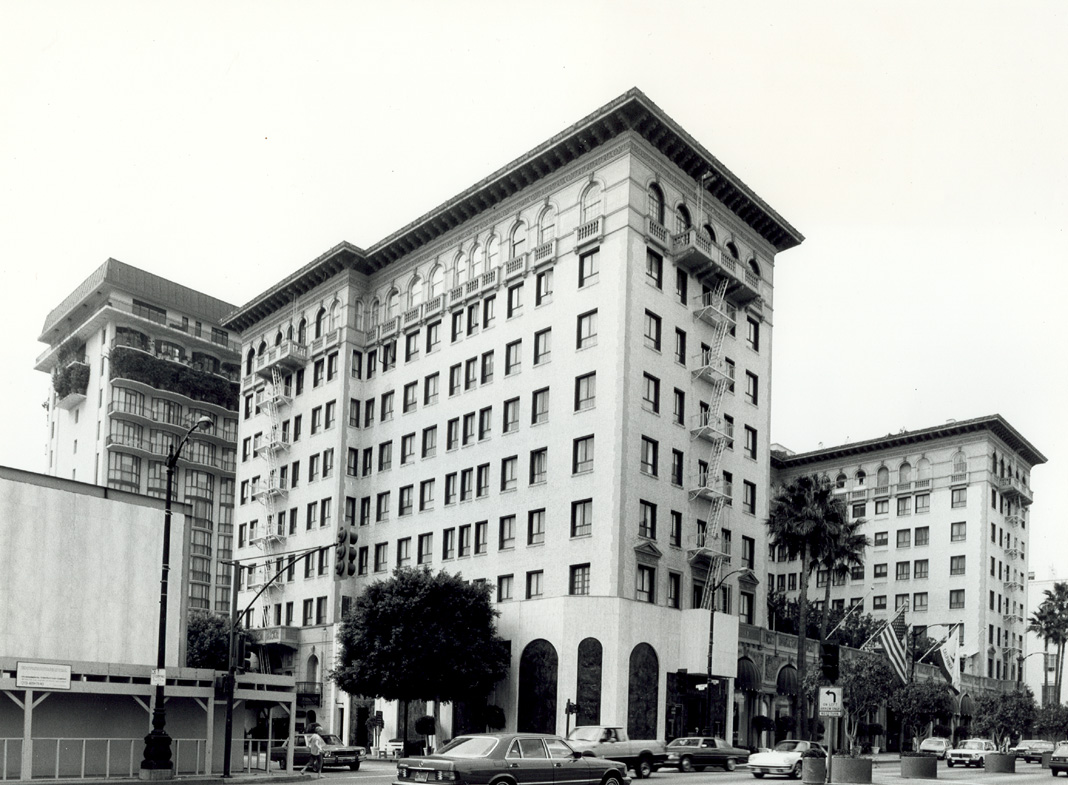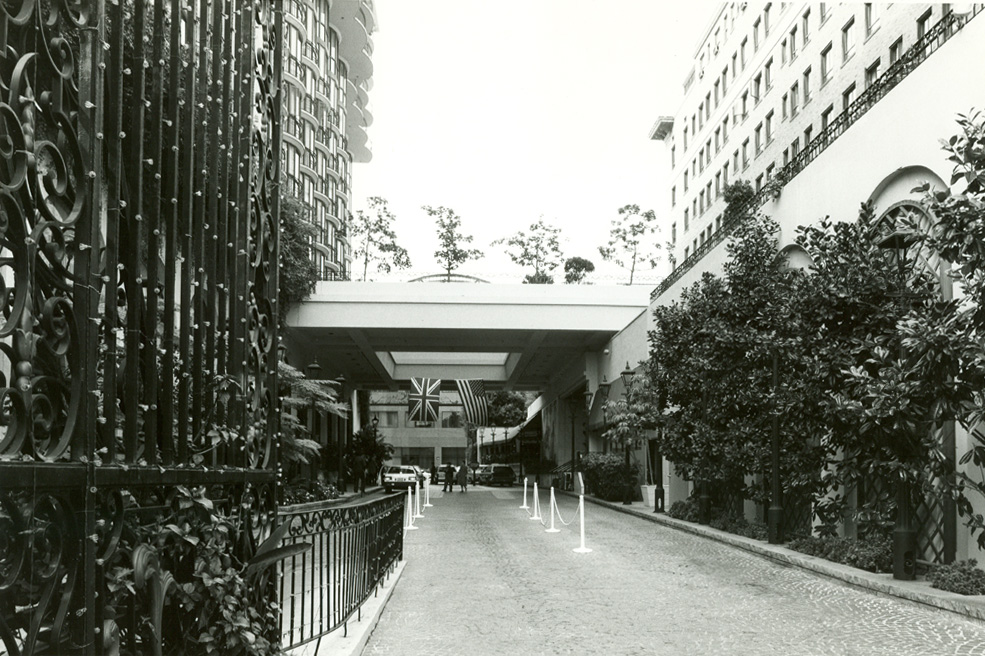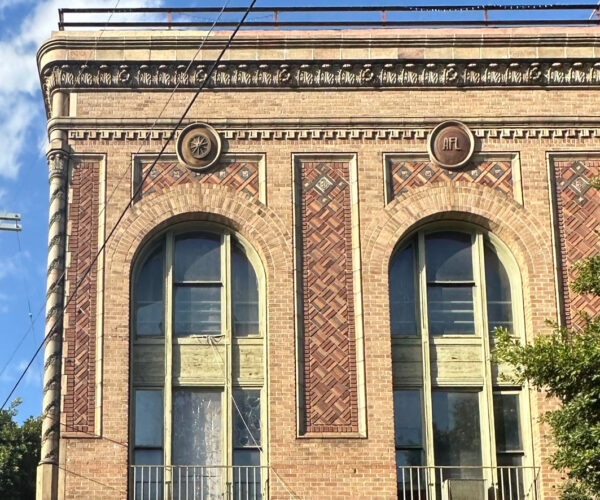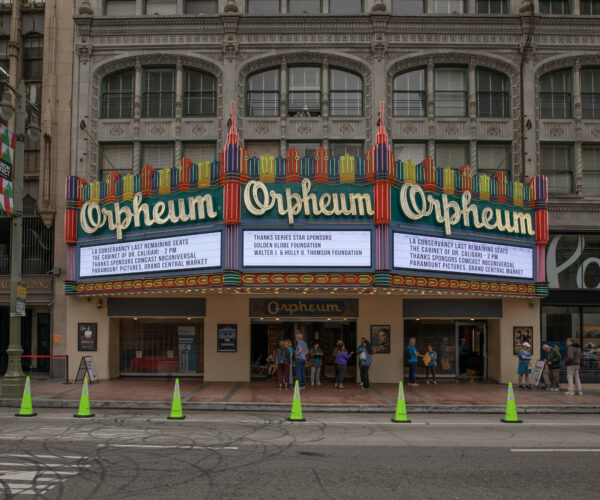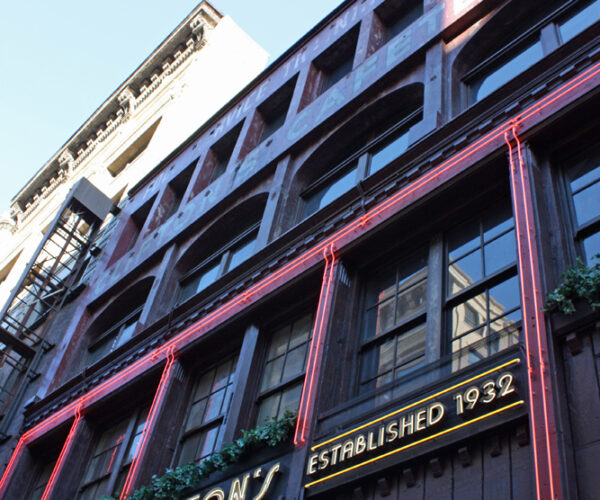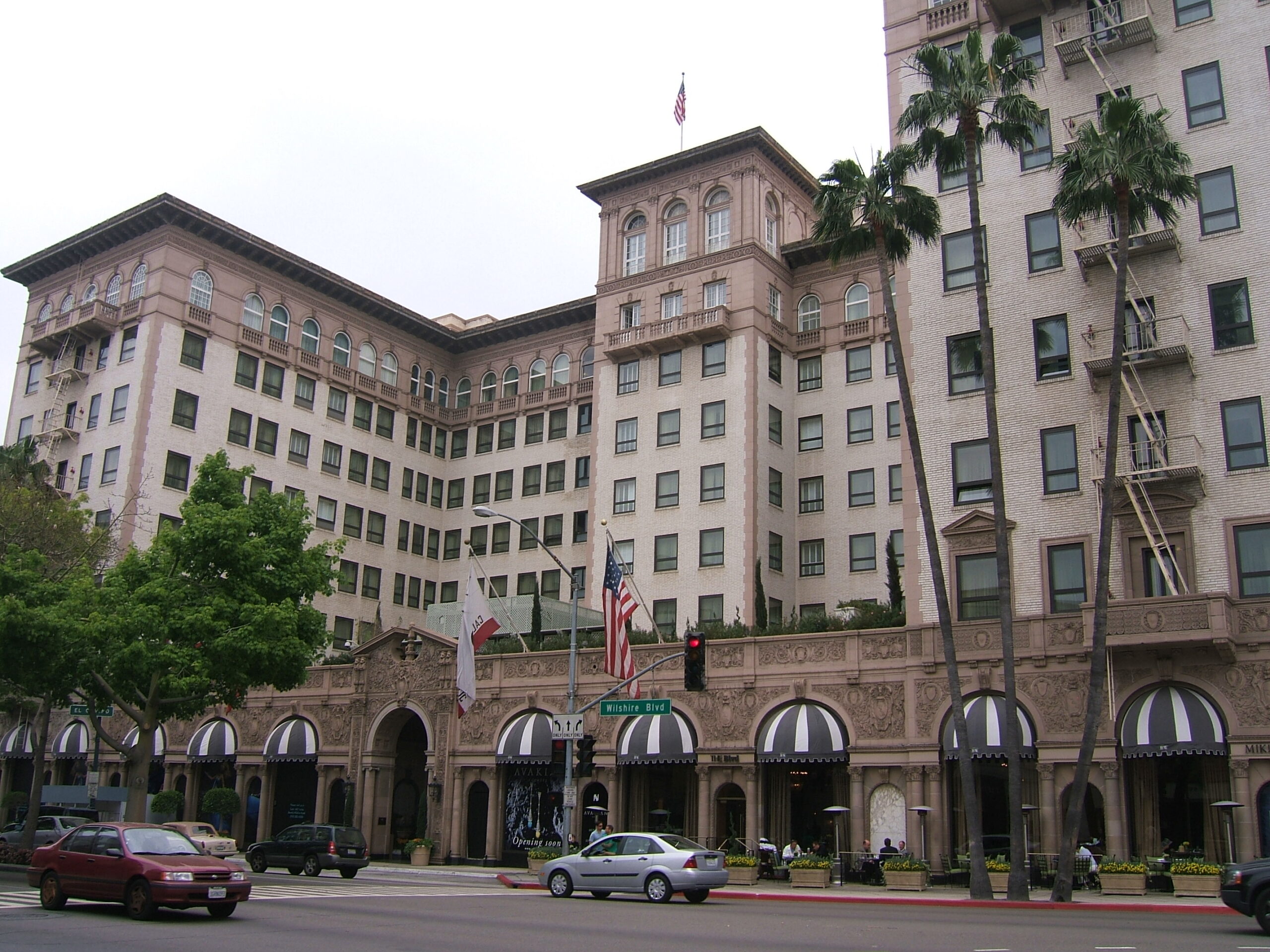
Place
Beverly Wilshire
This luxurious hotel rose on the site of a racetrack.
Place Details
Address
Get directions
Architects
Style
Designation
Property Type
Attributes
Community
Now the Beverly Wilshire, Beverly Hills (A Four Seasons Hotel), this landmark was built by real-estate developer Walter McCarty to spice up interest in the then-young city of Beverly Hills.
The hotel rose on the site of a popular auto racetrack that drew huge crowds from 1920 to 1923. (El Camino Drive, on the hotel's east side, was once Speedway Drive.)
The Beverly Wilshire became the most luxurious lodging on the boulevard west of the Ambassador Hotel. The grounds once spanned an entire block, with gardens and later tennis courts used for exhibition matches starring champions such as Pancho Gonzales and Bobby Riggs.
Welton Becket and Associates designed the building's fourteen-story addition in 1969, shortly after Becket died. The addition made the hotel the tallest building in Beverly Hills at the time.
